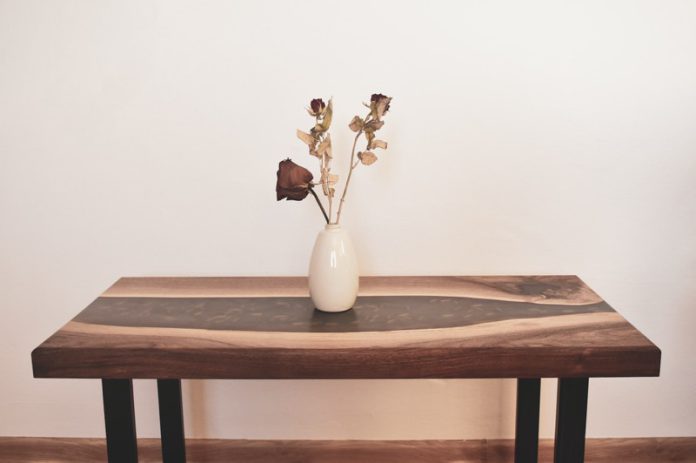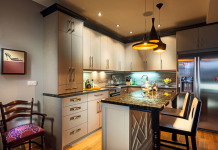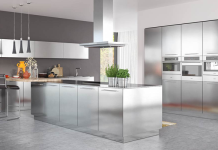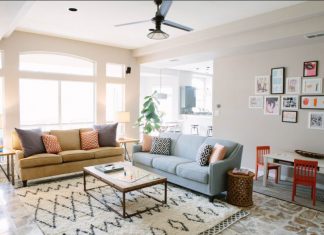Are you thinking about getting a new kitchen table? Well, you’re in luck because I’m here to help you choose the right one! A kitchen table is an essential piece of furniture that not only provides a place to eat, but it can also serve as a gathering spot for family and friends. With so many options out there, it can be overwhelming to figure out which one is the best fit for your kitchen. That’s why I’ve put together this guide to help you through the process. In this article, we’ll cover everything from the size of your kitchen to the style and design of the table, as well as the material and durability, and of course, your budget. So, let’s get started and find the perfect table for your kitchen!
When it comes to choosing a kitchen table, there are several key considerations to keep in mind. By taking into account these factors, you can ensure that you pick the right table for your kitchen that meets all your needs and preferences.
Size of the Kitchen
The size of your kitchen is a crucial factor to consider when choosing a kitchen table. The right size of the table can make your kitchen look more spacious and provide a comfortable dining experience, while a table that’s too big can make the room feel cluttered and cramped.
Before you start shopping for a kitchen table, take accurate measurements of your kitchen to determine how much space you have available for the table. Measure the length and width of the area where you plan to place the table, leaving enough space for chairs and for people to move around comfortably. Also, consider the height of your table in relation to your cabinets, countertops, and other kitchen furniture to ensure that everything is proportional.
Once you have accurate measurements, you can start looking for a table that fits your kitchen size. Round or oval tables work well in smaller kitchens, as they take up less space and provide a more intimate dining experience. Rectangular or square tables are ideal for larger kitchens and can provide more seating options.
Keep in mind that the size of your kitchen table should also be proportional to the size of your family or the number of people you plan to seat regularly. A table that’s too small can be frustrating if you frequently host dinner parties or have guests over, while a table that’s too big can be wasteful and impractical if you have a small family or live alone.
Functionality of the Table
The functionality of your kitchen table is another important factor to consider when selecting one. The type of table you choose should fit your needs and lifestyle, making it easy for you to use it in a way that is convenient and practical for you.
Someone with a large family or who frequently entertains guests may want to consider a table that can expand to accommodate more people. Some tables come with leaves that can be added or removed, providing extra seating space when needed. This type of table can be an excellent investment for those who enjoy hosting dinner parties or have a busy family.
If you have a small kitchen and limited storage space, you may want to consider a table with built-in storage. Some tables come with drawers, shelves, or cabinets that can be used to store dishes, utensils, or other kitchen items. This type of table can be a great space-saver, as it eliminates the need for additional storage furniture in your kitchen.
If you use your kitchen table as a workspace, you may want to consider a table with a sturdy surface that can withstand regular use. Tables made of durable materials such as epoxy wood tables, hardwood or stainless steel can be an excellent choice for those who use their table for food prep, homework, or other activities that require a flat, stable surface.
Do you have a busy lifestyle? You may want to consider a table that is easy to clean and maintain. Tables made of materials such as glass or laminate can be wiped down quickly and easily, making them a convenient choice for those who don’t have time for frequent cleaning.
Style and Design
The style and design of your kitchen table can have a significant impact on the overall look and feel of your kitchen. When selecting a table, it’s essential to choose one that complements your kitchen’s style and décor while reflecting your personal taste.
If you have a modern kitchen with clean lines and a minimalist design, you may want to consider a table with a sleek, contemporary look. Tables made of materials such as metal, glass, or acrylic can be an excellent choice for a modern kitchen. These materials are durable, easy to clean, and can add a touch of sophistication to your space.
Have a traditional or classic kitchen with warm colors and a cozy feel? you may want to consider a table with a more traditional design. Tables made of materials such as wood or stone can be an excellent choice for a traditional kitchen. These materials are warm and inviting and can add a touch of elegance to your space.
People with a small kitchen may want to consider a table with a space-saving design. Tables that fold down or have a drop-leaf design can be an excellent choice for a small kitchen. These tables can be tucked away when not in use, freeing up valuable floor space.
If you have an open-concept kitchen or a kitchen that is part of a larger living space, you may want to consider a table that blends seamlessly with your existing furniture. Tables that have a similar design aesthetic to your living room furniture can help create a cohesive look and feel throughout your home.
Material and Durability
The material of your kitchen table can have a big impact on its durability and maintenance requirements. Different materials have different strengths and weaknesses, so it’s important to consider the pros and cons of each before making a decision. Additionally, you’ll want to think about how much maintenance and care the table will need to keep it looking its best.
Budget
Your budget is an essential consideration when selecting a kitchen table. Tables can range in price from budget-friendly to high-end, and you’ll want to choose one that fits within your budget without sacrificing quality or functionality. Keep in mind that you may need to make trade-offs between price and other factors, such as material or style.















